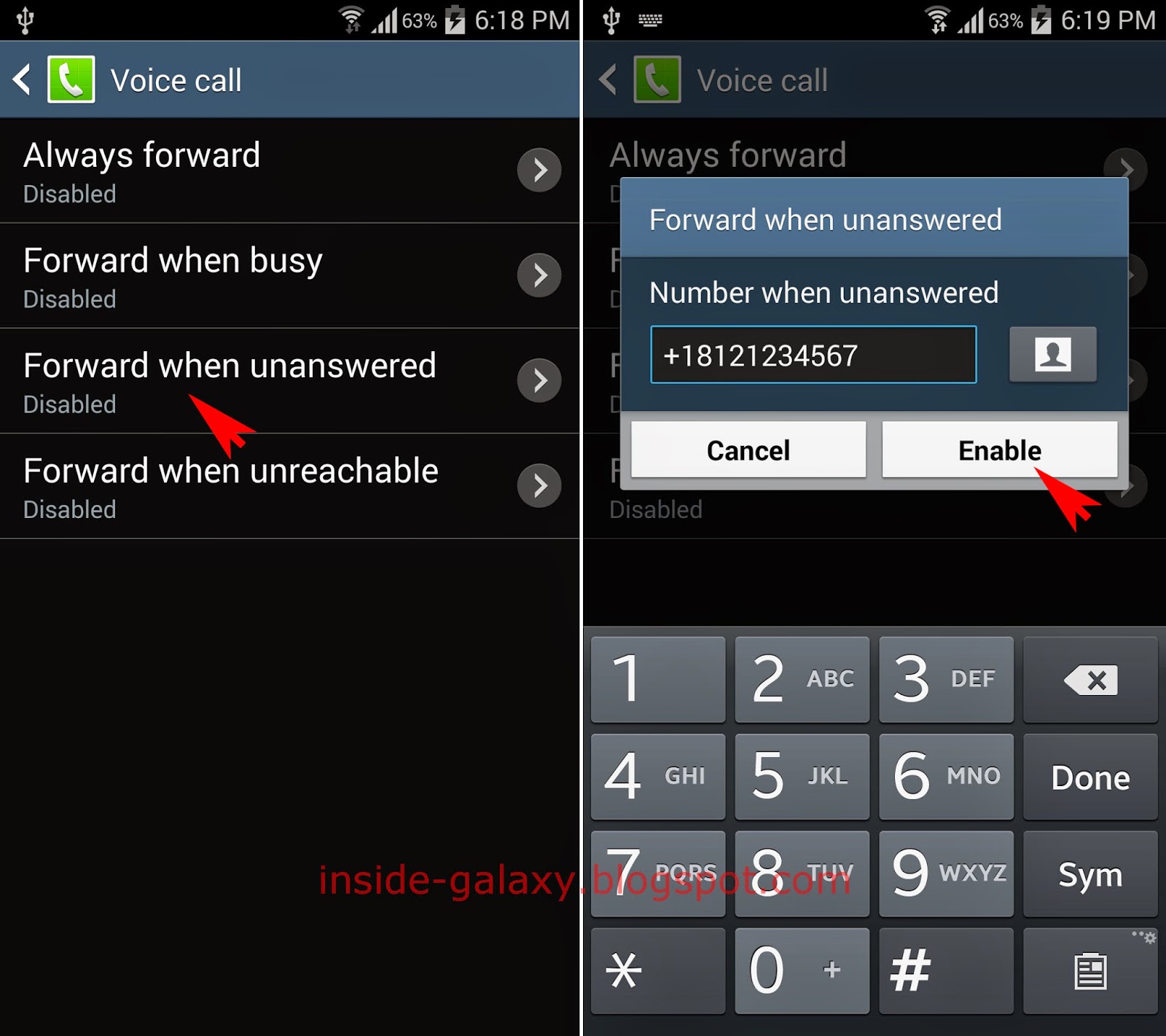How Do You Reverse Call Forwarding? A Complete Guide
Are you tired of losing important calls because of call forwarding? Understanding how to reverse call forwarding can help you regain control over your incoming calls. In this comprehensive guide, we will explore the ins and outs of reversing call forwarding, ensuring that you never miss a vital communication again.
Call forwarding is a useful feature that allows you to redirect incoming calls to another number, but there are times when you might want to disable or reverse this feature. Reversing call forwarding can be particularly crucial for business professionals and individuals who rely heavily on their phones. This article will provide you with clear instructions and tips on how to effectively reverse call forwarding on various devices and networks.
Whether you are using a landline, smartphone, or a VoIP service, the process of reversing call forwarding can vary. Let’s delve into the methods that can help you disable call forwarding and return to receiving your calls directly on your phone.
Table of Contents
- What Is Call Forwarding?
- Types of Call Forwarding
- How to Reverse Call Forwarding
- Troubleshooting Call Forwarding Issues
- Common Questions About Call Forwarding
- Benefits of Disabling Call Forwarding
- When to Use Call Forwarding
- Conclusion
What Is Call Forwarding?
Call forwarding is a telecommunication feature that allows incoming calls to be redirected to a different phone number. This feature can be particularly useful when you are unable to answer calls on your primary device, such as when you are traveling or in a meeting. Call forwarding can be set up in various ways, depending on your service provider and device.
Types of Call Forwarding
There are several types of call forwarding, including:
- Unconditional Call Forwarding: All incoming calls are forwarded to another number without any conditions.
- Conditional Call Forwarding: Calls are forwarded only when certain conditions are met, such as when the line is busy, unanswered, or unreachable.
- Selective Call Forwarding: Specific numbers can be forwarded to another line based on your preferences.
How to Reverse Call Forwarding
Reversing call forwarding depends on the device and service you are using. Below are the steps for various devices:
On Smartphones
For most smartphones, you can reverse call forwarding by following these steps:
- Open the Phone app.
- Go to the settings menu (usually represented by three dots or a gear icon).
- Find the Call Forwarding option.
- Select the option to disable or turn off call forwarding.
On Landlines
If you are using a landline, the method to reverse call forwarding may vary by provider:
- Pick up the receiver and listen for a dial tone.
- Dial the code provided by your service provider to disable call forwarding (commonly *73 or #73).
- Listen for a confirmation tone, then hang up.
On VoIP Services
For VoIP services, you can typically reverse call forwarding through the service provider's web portal:
- Log in to your VoIP account online.
- Navigate to the call settings or forwarding options.
- Select the option to disable call forwarding.
Troubleshooting Call Forwarding Issues
If you encounter issues while trying to reverse call forwarding, consider the following troubleshooting tips:
- Ensure that you are using the correct codes or settings based on your service provider.
- Restart your device after making changes to the call forwarding settings.
- Contact your service provider for assistance if issues persist.
Common Questions About Call Forwarding
Here are some frequently asked questions regarding call forwarding:
- Can I forward calls to multiple numbers? Most services do not allow forwarding to multiple numbers simultaneously.
- Will I be charged for forwarded calls? Yes, forwarded calls may incur additional charges depending on your plan.
- How can I check if call forwarding is active? You can check by accessing the call settings on your device or by calling your number from another phone.
Benefits of Disabling Call Forwarding
Disabling call forwarding has several benefits, including:
- Ensuring that you receive all incoming calls directly.
- Avoiding additional charges associated with forwarded calls.
- Improving your responsiveness to calls, especially in professional settings.
When to Use Call Forwarding
There are specific scenarios where call forwarding can be beneficial:
- When traveling to a location with poor reception.
- During meetings or events where you cannot answer calls.
- When you want to consolidate calls to a single number.
Conclusion
In conclusion, reversing call forwarding is a straightforward process that can help you stay connected and manage your important calls effectively. By following the steps outlined in this guide, you can easily disable call forwarding on your device, whether it's a smartphone, landline, or VoIP service. If you have any questions or need assistance, feel free to leave a comment below, share this article with others, or explore more of our content for additional tips and tricks.
Thank you for reading! We hope to see you back on our site for more valuable information.
Batman Vs Ironman: A Comprehensive Analysis Of Two Iconic Superheroes
Understanding The Aesthetic Biography: A Journey Into Personal Narratives
Cassie From Scream: Unveiling The Mystery Behind The Character

